For the sake of simplicity, we want to make this next section as easy to understand and follow as we can. It is important for the reader to note, the science can be divided into two sections:
1). Prior to 1992
2). After 1992
What happened in 1992? Simple. In 1992 the National Institute of Drug Abuse, NIDA, became a part of the National Institute of Health, NIH. NIDA has only had two directors since 1992: Dr. Alan Leshner and Dr. Nora Volkow. Dr. Volkow has been in the Directorship position for the entire duration of the opioid crisis and remains so today.
Prior to 1992, the research on Opioids was heavily into Catecholamine Toxicity and a dysfunction in the autonomic nervous system. Great strides were being made. After 1992, the research in the United States into evidence of a neurotoxicity simply stopped. And in its place was an emphasis on the Brain Disease Model of Addiction. This has turned out to be a disastrous development to both science and the citizens. In the next section, we will look at some of the evidence for Catecholamine Toxicity, Adrenaline Toxicity, which was uncovered in the scientific efforts prior to 1992. Unfortunately, this line of research in the United States has been mostly ignored since 1992. With our efforts in 2022, we were the first group that we are aware of to do any continued research into this line of inquiry.
Science to Support that the Methylation Results in a sickness in the nervous system
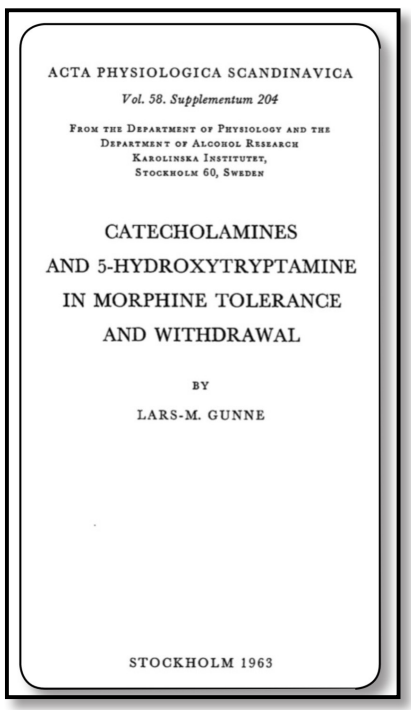
We will begin with Gunne et al (1963). Gunne was looking into mice dependent upon opioids. Specifically, Gunne was focusing on mice experiencing opioid withdrawal. And what Gunne noted is that, after a couple of days, the contents of the adrenal glands were depleted. Let’s take a moment and discuss briefly, the adrenal glands and the contents of the adrenal glands. The adrenal gland sits on top of your kidneys. The adrenal gland makes and stores adrenaline. Adrenaline is known medically as the three catecholamines: Epinephrine, Norepinephrine, and Dopamine. We all know that we get a surge of adrenaline when we activate our fight or flight system. But what we didn’t know is that adrenaline has a half-life of two minutes. Two minutes. Two minutes after the surge in adrenaline, half of the adrenaline is gone. Two minutes later, another half is gone again. Mother nature guards the use of adrenaline very closely. And rightly so. As we shall see in the section about our research, Adrenaline Toxicity will kill you. Adrenaline Toxicity will kill you with a heart attack. It should be no surprise that we have seen a massive surge in heart attack deaths during this opioid crisis.
Science to Support that the Methylation Results in a sickness in the nervous system
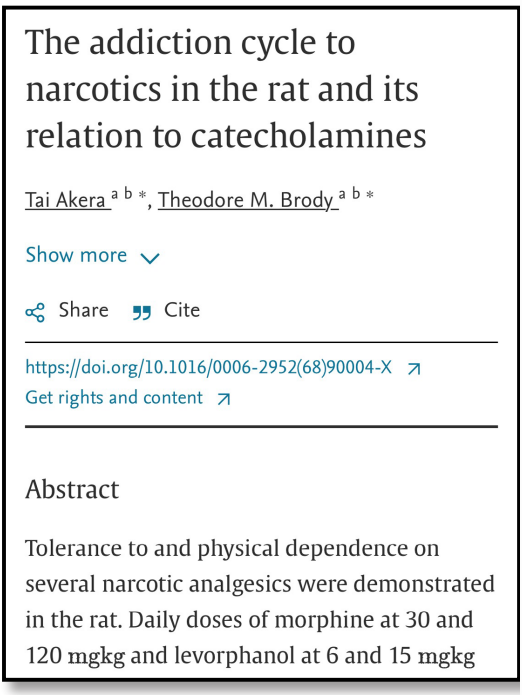
According to the Smith Hypothesis, these are people who died of a heart attack and due to the Adrenaline Toxicity seen in opioid withdrawal. So many people have died from a heart attack that the US life expectancy has fallen and due to heart attacks. This was also predicted by the Smith Hypothesis.
Science to Support that the Methylation Results in a sickness in the nervous system
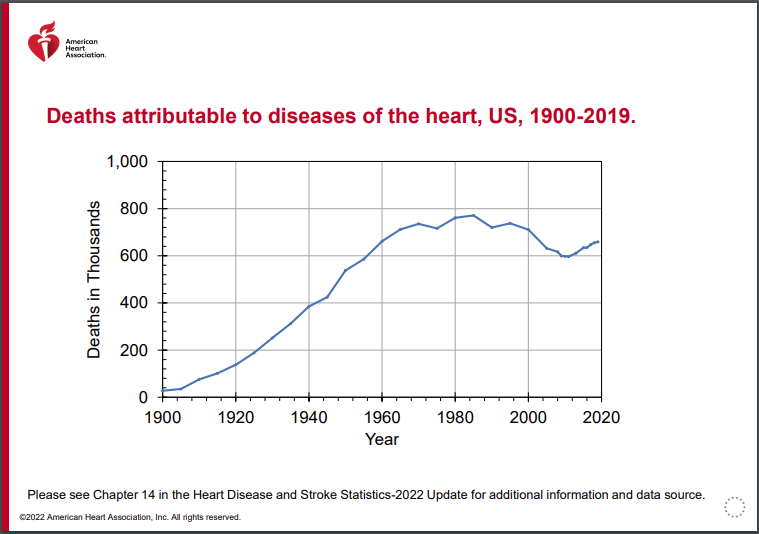
Meanwhile, the psychiatrist, the addiction experts, are telling us that opioid addiction is a brain disease. They are telling us opioid withdrawal is uncomfortable, but is not deadly or dangerous. But Gunne knew as early as 1963 that opioid withdrawal resulted in the depletion of the adrenal glands. Let’s keep going. The next historical study that we are going to review briefly is Akera and Brody (1967).
Science to Support that the Methylation Results in a sickness in the nervous system
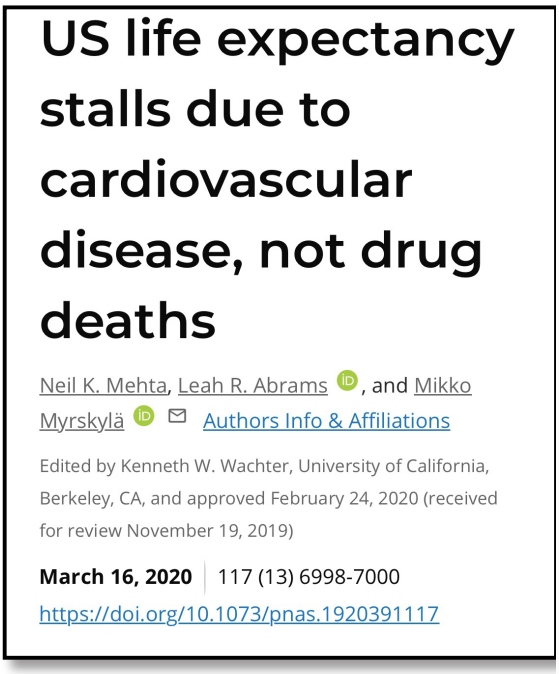
Akera and Brody (1967) noted that the urine in mice experiencing opioid withdrawal was very high in adrenaline, Epinephrine and Norepinephrine. Now, remember, adrenaline will kill you. These two studies from the 1960s should have prevented the widespread approval of opioids by the FDA. But they didn’t. And the evidence against opioids only continues to mount.
No study was as well done or revealed as much information about Opioids than Delle et al (1990). The Delle et al (1990) study was five years before the approval of OxyContin. It is difficult to understand how the FDA could approve OxyContin right after the study by Delle et al (1990).
Science to Support that the Methylation Results in a sickness in the nervous system
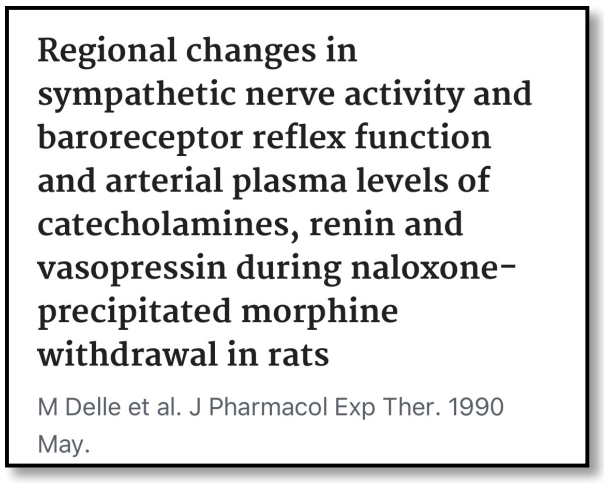
There is an enormous amount of scientific information in the Delle et al (1990) study. Let’s just focus on the single most important finding in the study. Delle found that in opioid withdrawal, there was a 400% surge in activity in the nerve going to the adrenal gland. Simultaneous with this 400% surge in nerve activity to the adrenal gland was a twentyfold surge in adrenaline in the body, Epinephrine.
Now stop and think about this for a moment. This is real scientific evidence. Do not make this complicated. Let’s keep this real simple. Delle found a loss of control in an organ system during opioid withdrawal. Specifically, Delle found a loss of control in the nerve going to the adrenal gland. This nerve lost control and surged 400%. Because of this loss of control of the nervous system, known as neurotoxicity, the contents of the adrenal glands were dumped into the body. That’s all you need to know. This isn’t some brain disease. This part of the nervous system is under control of the spinal cord, not the brain. So, this isn’t some brain disease, this is a form of neurotoxicity. This is a loss of control of the nerves going to the organs. Why do people sweat in Opioid withdrawal? Because of a loss of control of the nerves, going to the sweat glands. Why do people lose control of their bowels in opioid withdrawal? Because of a loss of control of the nerves going to the bowels. It’s simply that simple. This loss of control of the nerves going to the organs is intolerable to humans. And the only way out is to take Opioid after Opioid in a nonstop manner. This nonstop consumption of opioids was misinterpreted as evidence of opioid addiction by the psychiatrist, addiction specialist, and mental health experts. Quite simply put, they were wrong .
How do we know that they were wrong? How do we know that this isn’t something called addiction? Simple, look at the Delle study. Look at the 400% surge in nerve activity going into the adrenal gland. Look at the twentyfold surge in Epinephrine dumped into the body. Why did Gunne see empty adrenal glands during opioid withdrawal? Because a loss of control in the nervous system resulted in the emptying of the adrenal glands into the body. Why did Akera and Brody see Epinephrine and Norepinephrine in the urine? The loss of control in the nervous system dumped the adrenal glands into the body. The kidneys were simply trying to clean up the mess and push the adrenaline, Epinephrine and Norepinephrine, into the urine and out of the body.
Before we leave this section, let’s look at one more study, this time Chang et al (1990). Chang basically replicated the Delle study.
Science to Support that the Methylation Results in a sickness in the nervous system
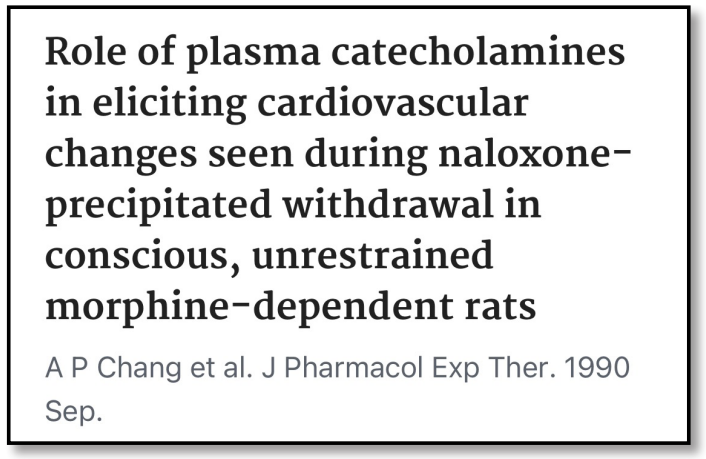
But Chang showed that by surgically removing the adrenal gland prior to the opioid withdrawal, no adrenaline, epinephrine and norepinephrine, was released into the body. This should serve as final scientific evidence that what happened to people is not a brain disease. The brain is not involved at all. The problem is neurotoxicity in the peripheral nervous system. The facts are clear. The experts are simply wrong.